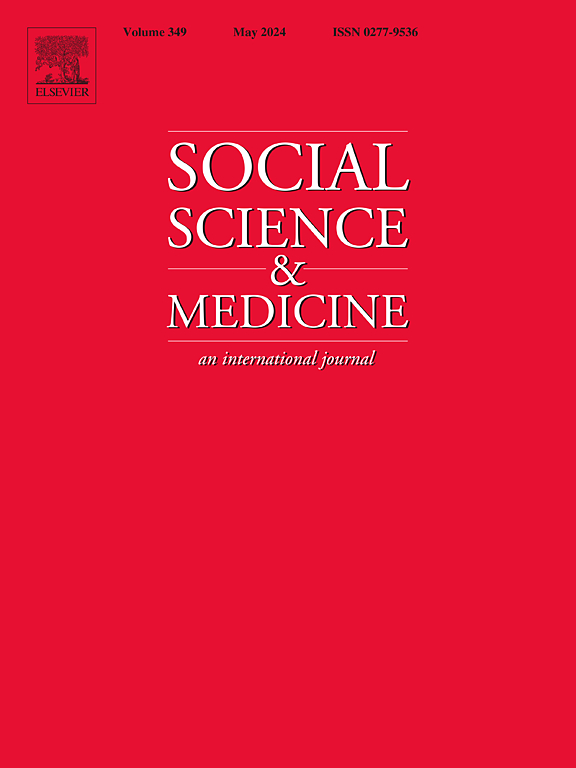生物等效性监管对制药企业结果的影响:来自中国的证据
IF 5
2区 医学
Q1 PUBLIC, ENVIRONMENTAL & OCCUPATIONAL HEALTH
引用次数: 0
摘要
中国医药市场以仿制药为主,占95%的市场份额。然而,在2016年之前,这些药物不需要对其创新药物进行生物等效性测试,这引起了对仿制药有效性的担忧。为了解决这一问题,中国于2016年实施了强制性生物等效性检测。本研究旨在探讨这一政策变化对仿制药企业研发投资及通过生物等效性试验的影响。本文采用差异中的差异方法,分析了中国122家上市制药企业2012 - 2022年的研发投资数据和2012 - 2024年的生物等效性审批数据。我们的研究结果显示,企业对新法规的反应是显著增加了20.7%的研发投资。此外,质量管理导致平均每家公司每年批准2.5个。异质性分析表明,较富裕省份的企业、较大的企业和先前具有较高研发能力的企业,与那些没有研发能力的企业相比,更有可能增加研发投资并通过生物等效性测试。此外,制药公司优先考虑面临更严格的监管截止日期或具有潜在更高经济回报的药物的生物等效性测试合规性。这些结果表明,强制性生物等效性检测的实施激起了行业的积极反应,与监管前相比,它可能对药品质量产生积极影响。然而,需要更全面的策略来确保中国仿制药的完全合规,并进一步提高仿制药的质量。本文章由计算机程序翻译,如有差异,请以英文原文为准。
The impact of bioequivalence regulation on pharmaceutical firm outcomes: Evidence from China
China's pharmaceutical market is dominated by generic drugs, accounting for 95 % of its market share. However, prior to 2016, these drugs were not required to undergo bioequivalence testing against their innovator drugs, raising concerns about the effectiveness of generic drugs. To address this issue, China implemented mandatory bioequivalence testing in 2016. This study investigates the impact of this policy change on generic drug firms' R&D investments and their success in passing bioequivalence tests. Employing a difference-in-differences approach, we analyze R&D investment data from 2012 to 2022 and bioequivalence approval data from 2012 to 2024 for 122 publicly listed pharmaceutical firms in China. Our findings reveal that firms responded to the new regulations by significantly increasing their R&D investments by 20.7 %. In addition, the quality regulation has led to an average of 2.5 approval per firm annually. Hetergeneity analysis reveals that firms in wealthier provinces, larger firms, and those with prior higher R&D capacities were more likely to increase their R&D investments and pass bioequivalence tests compared to those that are not. In addition, pharmaceutical firms prioritize bioequivalence testing compliance for drugs facing stricter regulatory deadlines or those with potentially higher economic returns. These results suggest that the implementation of mandatory bioequivalence testing has spurred positive responses from the industry, and it is likely to have a positive impact on drug quality compared to the pre-regulation period. However, more comprehensive strategies are needed to ensure full compliance and further improve the quality of generic drugs in China.
求助全文
通过发布文献求助,成功后即可免费获取论文全文。
去求助
来源期刊

Social Science & Medicine
PUBLIC, ENVIRONMENTAL & OCCUPATIONAL HEALTH-
CiteScore
9.10
自引率
5.60%
发文量
762
审稿时长
38 days
期刊介绍:
Social Science & Medicine provides an international and interdisciplinary forum for the dissemination of social science research on health. We publish original research articles (both empirical and theoretical), reviews, position papers and commentaries on health issues, to inform current research, policy and practice in all areas of common interest to social scientists, health practitioners, and policy makers. The journal publishes material relevant to any aspect of health from a wide range of social science disciplines (anthropology, economics, epidemiology, geography, policy, psychology, and sociology), and material relevant to the social sciences from any of the professions concerned with physical and mental health, health care, clinical practice, and health policy and organization. We encourage material which is of general interest to an international readership.
 求助内容:
求助内容: 应助结果提醒方式:
应助结果提醒方式:


